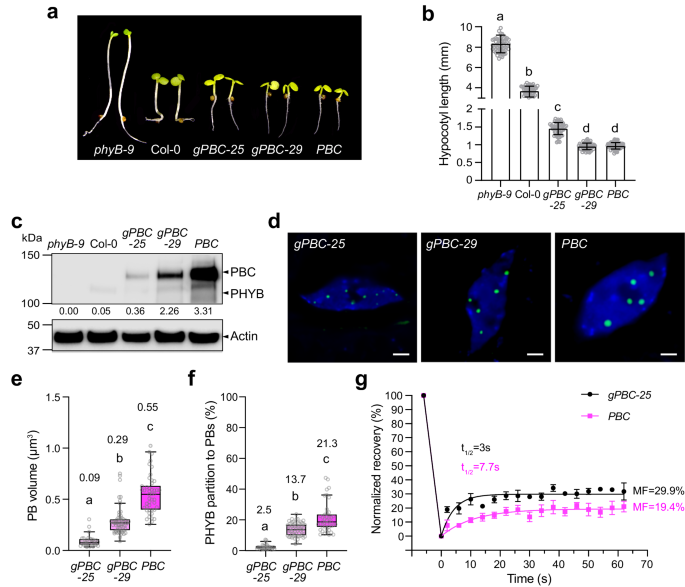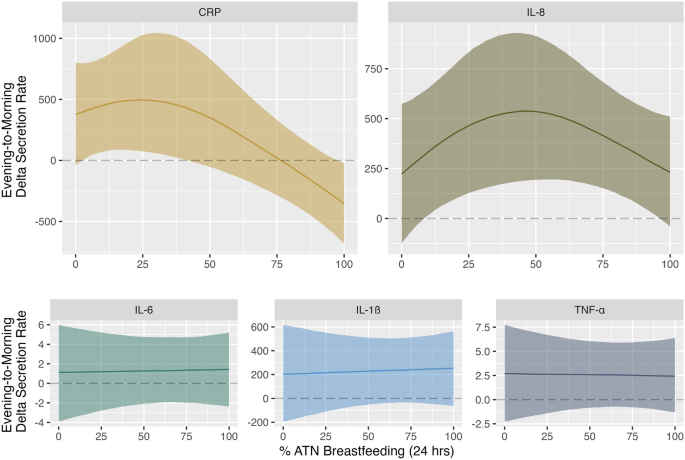2024-05-06 パデュー大学
<関連情報>
- https://www.purdue.edu/newsroom/releases/2024/Q2/purdue-usda-team-develops-fast-track-process-for-genetic-improvement-of-plant-traits.html
- https://www.pnas.org/doi/10.1073/pnas.2322751121
臓器を限定した遺伝子制御ネットワークが、多様なプロセスにおける転写因子候補の選択に高い精度をもたらす Organ-delimited gene regulatory networks provide high accuracy in candidate transcription factor selection across diverse processes
Rajeev Ranjan, Sonali Srijan, Somaiah Balekuttira, +7, and Kranthi Varala
Proceedings of the National Academy of Sciences Published:April 23, 2024
DOI:https://doi.org/10.1073/pnas.2322751121

Significance
Our study develops a machine-learning framework for building unbiased gene expression datasets for each organ, and to infer organ-delimited gene regulatory networks. We show that this approach is successful at predicting which transcription factors (TFs) are going to regulate processes at an organ level. We validated the accuracy of the predictions for TFs using the seed lipid synthesis pathway as a case study. We demonstrated a robust success rate for recalling known and predicting previously unknown TF regulators of seed lipid biosynthesis. The approach described in this study is broadly applicable across any organism (plant or animal) that has a large body of public gene expression data.
Abstract
Organ-specific gene expression datasets that include hundreds to thousands of experiments allow the reconstruction of organ-level gene regulatory networks (GRNs). However, creating such datasets is greatly hampered by the requirements of extensive and tedious manual curation. Here, we trained a supervised classification model that can accurately classify the organ-of-origin for a plant transcriptome. This K-Nearest Neighbor-based multiclass classifier was used to create organ-specific gene expression datasets for the leaf, root, shoot, flower, and seed in Arabidopsis thaliana. A GRN inference approach was used to determine the: i. influential transcription factors (TFs) in each organ and, ii. most influential TFs for specific biological processes in that organ. These genome-wide, organ-delimited GRNs (OD-GRNs), recalled many known regulators of organ development and processes operating in those organs. Importantly, many previously unknown TF regulators were uncovered as potential regulators of these processes. As a proof-of-concept, we focused on experimentally validating the predicted TF regulators of lipid biosynthesis in seeds, an important food and biofuel trait. Of the top 20 predicted TFs, eight are known regulators of seed oil content, e.g., WRI1, LEC1, FUS3. Importantly, we validated our prediction of MybS2, TGA4, SPL12, AGL18, and DiV2 as regulators of seed lipid biosynthesis. We elucidated the molecular mechanism of MybS2 and show that it induces purple acid phosphatase family genes and lipid synthesis genes to enhance seed lipid content. This general approach has the potential to be extended to any species with sufficiently large gene expression datasets to find unique regulators of any trait-of-interest.


